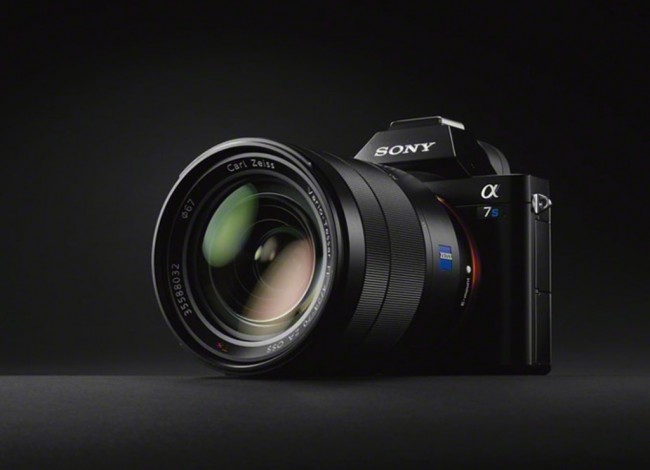

There’s something afoot at Dartmouth University’s Thayer School of Engineering; an innovation so good and applicable that it may very well be the catalyst for the next generation of light sensing technology.
It’s called the Quanta Image Sensor (QIS), and it has the capability to increase low light sensitivity significantly. Applications for this will no doubt be there for security cameras, microscopic work, and of course, photography.
The man at the helm of this vessel of exploration is also a man who is no stranger to the world of photographic innovation, as he is the Professor Eric Fossum, the engineer and physicist who leveraged the charge-coupled device (CCD) sensor to invent a more energy efficient and scalable revision, we know as the CMOS. That makes him one of the most important people in our field, and it’s his work with NASA’s Jet Propulsion Lab that has moved us into the tech space we are in now.

When we consider his invention came about decades ago, when it was only possible to put around 2 to 3 light-gathering sensors on a chip, where now it’s possible to put almost 3 billion of them, we can see that the axiom that is Moore’s Law seems to fit well. And with the Quanta Image Sensor, this may be the biggest step yet. It promises to deliver images more akin to a film exposure by way of using sensors that respond to light much in the same way traditional film emulsions did. Of the process he says,
Light consists of photons, little bullets of light that activate our neurons and make us see light. The photons go into the semiconductor (which is the sensor chip) and break the chemical bonds between silicon atoms and, when they break the bond, an electron is released. Almost every photon that comes in, makes one electron free inside the silicon crystal. The brighter the light, the more electrons are released.
When we build an image sensor, we build a chip that is also sensitive to these photons. We were able to build a new kind of pixel with a sensitivity so high we could see one electron above all the background noise.

[REWIND: DJI ANNOUNCES THE ‘OSMO’ | A HANDHELD 4K GOPRO KILLER]
So we are talking about pixels that are designed to literally only able to sense and count a single photon, but many more of them are to be used, and the idea is to get about 1 billion of them, and to do it all in a way where the industry can quickly adapt. But it can be done and this is a proof of concept, and hopefully a concept of something about to break out.
Source: AZO Sensors





Get Connected!